The field of radar technology has entered a new era with the advent of quantum radar systems, which promise unprecedented capabilities in detection and imaging. Among the most significant challenges in traditional radar systems is multipath interference—a phenomenon where signals reflect off multiple surfaces, creating false echoes and distorting target identification. Quantum radar, leveraging the principles of quantum mechanics, offers a groundbreaking solution to this persistent problem.
Multipath interference occurs when radar signals bounce off buildings, terrain, or other obstacles before reaching the receiver. These reflected signals arrive at different times and angles, confusing the system and reducing accuracy. Conventional radar relies on signal processing techniques to mitigate these effects, but these methods often fall short in complex environments. Quantum radar, however, exploits quantum entanglement and superposition to distinguish true signals from noise, fundamentally changing how interference is handled.
How Quantum Radar Tackles Multipath Interference
At the heart of quantum radar's advantage is its use of entangled photon pairs. One photon is sent toward the target, while its entangled counterpart remains at the receiver. When the signal photon interacts with the target, its quantum state changes, and this alteration is instantly reflected in the idler photon due to entanglement. This allows the system to filter out multipath reflections, as only the photon that traveled the direct path to the target will maintain the correct quantum correlation.
Traditional radar systems struggle with distinguishing between direct and reflected signals because they rely on classical electromagnetic waves. Quantum radar, by contrast, encodes information in quantum states that cannot be replicated by multipath reflections. This inherent property makes it possible to isolate the true signal even in highly cluttered environments, such as urban canyons or dense forests.
Experimental Success and Real-World Applications
Recent experiments have demonstrated quantum radar's resilience to multipath interference. In one notable study, researchers used a quantum radar prototype to detect objects in a simulated urban environment filled with reflective surfaces. The system successfully identified the target with minimal distortion, while classical radar produced multiple false returns. These results highlight the potential for quantum radar in defense, autonomous vehicles, and aerospace, where accurate target discrimination is critical.
Military applications are particularly promising. Stealth aircraft, designed to evade traditional radar by scattering signals, may become detectable using quantum radar due to its ability to ignore multipath noise. Similarly, autonomous drones navigating complex terrains could benefit from quantum radar's precision, reducing collision risks caused by misleading reflections.
Challenges and Future Directions
Despite its potential, quantum radar technology faces hurdles. Generating and maintaining entangled photon pairs over long distances remains technically demanding. Environmental factors like temperature fluctuations and atmospheric absorption can disrupt quantum states, limiting operational range. Researchers are exploring hybrid systems that combine quantum and classical radar techniques to overcome these limitations while still capitalizing on quantum advantages.
Another area of focus is miniaturization. Current quantum radar setups require bulky cryogenic equipment to preserve quantum coherence. Advances in room-temperature quantum materials and compact photon sources could pave the way for portable systems suitable for field deployment. Industry and academic collaborations are accelerating progress, with several prototypes expected to transition from lab to real-world testing in the coming years.
The Broader Impact on Radar Technology
Quantum radar's ability to resist multipath interference represents more than just an incremental improvement—it redefines what radar systems can achieve. By transcending the limitations of classical physics, quantum radar opens doors to applications previously deemed impossible. For instance, it could enable secure communications in GPS-denied environments or enhance weather forecasting by penetrating atmospheric clutter with unmatched clarity.
As research continues, the integration of machine learning with quantum radar may further enhance performance. AI algorithms could optimize photon detection and interpretation, adapting to dynamic interference patterns in real time. This synergy between quantum physics and artificial intelligence could usher in a new standard for sensing technologies across multiple industries.
The journey from theoretical concept to practical tool is underway, and the radar industry is watching closely. Quantum radar's potential to neutralize multipath interference marks a turning point, promising a future where detection systems operate with near-perfect accuracy regardless of environmental challenges.
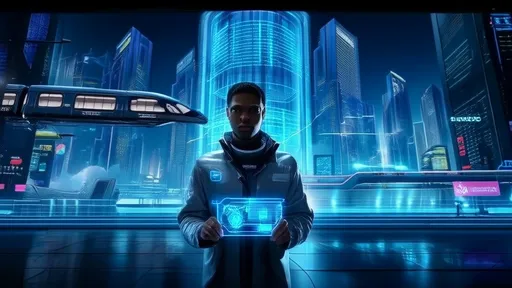
By /Aug 7, 2025

By /Aug 7, 2025

By /Aug 7, 2025

By /Aug 7, 2025

By /Aug 7, 2025

By /Aug 7, 2025
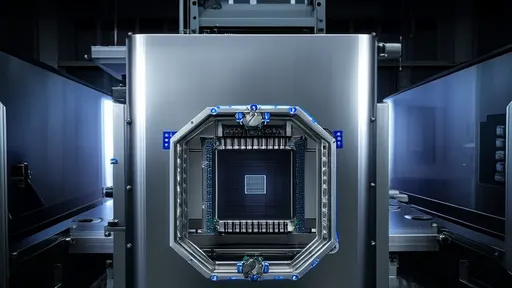
By /Aug 7, 2025

By /Aug 7, 2025

By /Aug 7, 2025
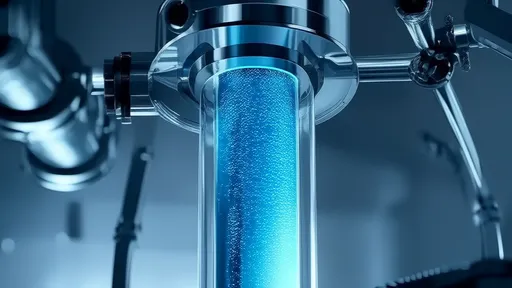
By /Aug 7, 2025
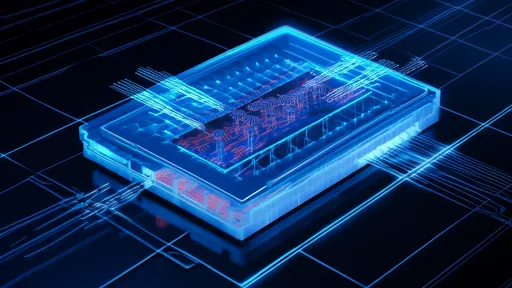
By /Aug 7, 2025
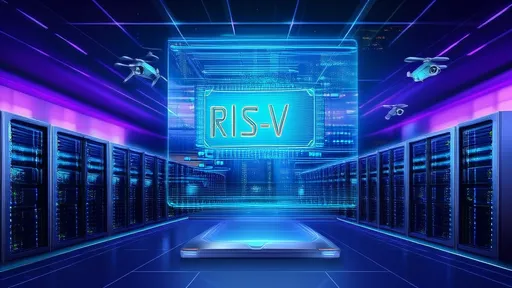
By /Aug 7, 2025
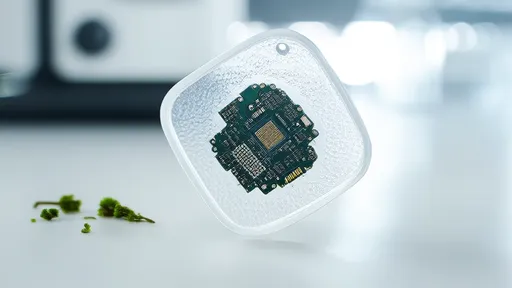
By /Aug 7, 2025
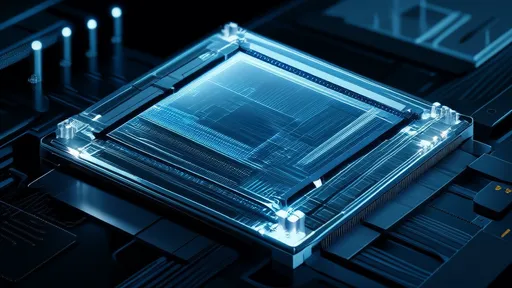
By /Aug 7, 2025
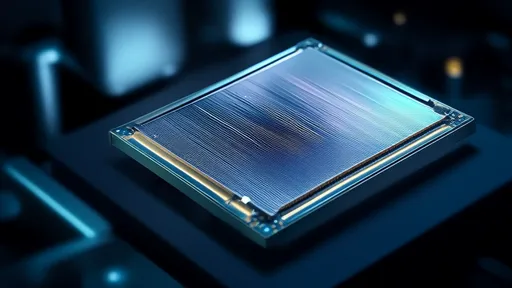
By /Aug 7, 2025
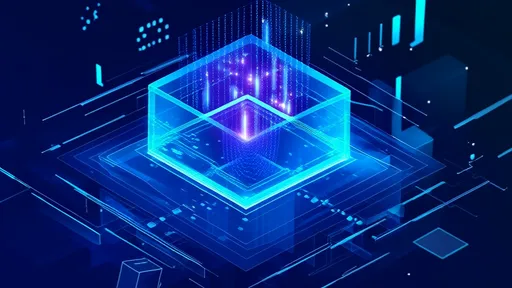
By /Aug 7, 2025
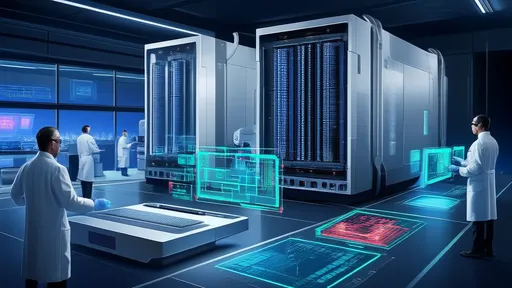
By /Aug 7, 2025
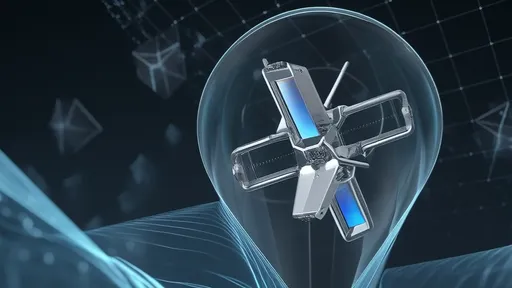
By /Aug 7, 2025
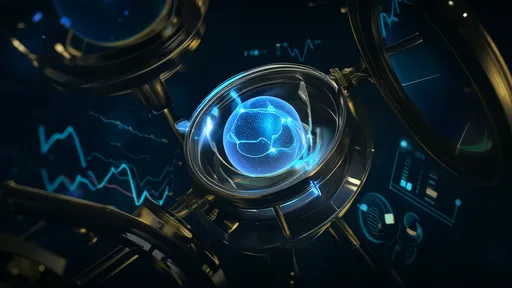
By /Aug 7, 2025
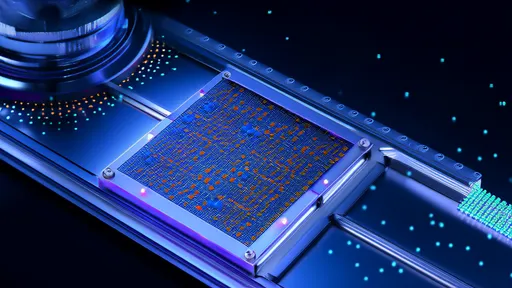
By /Aug 7, 2025